|
Aircraft
B-17 Flying Fortress
This bomber was intended from the outset to attack strategic targets by precision daylight bombing, penetrating deep
into enemy territory by flying above the effective range of antiaircraft artillery. It was manned by a crew of 10 and carried
no less than 13 .50 caliber machine guns. Could carry 8k lbs. and was escorted for obvious reasons.
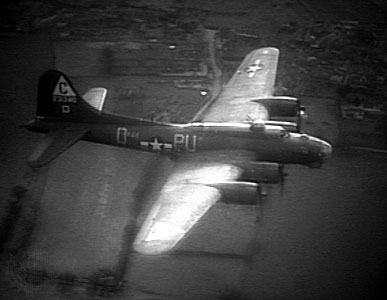
P-51 Mustang
A single-seat, single-engine, fighter aircraft originally designed and produced by North American Aviation for the
Royal Air Force (RAF) and later adopted by the U.S. Army Air Forces (USAAF). The P-51 is widely regarded as the finest all-round
piston-engined fighter of World War II to be produced in significant numbers
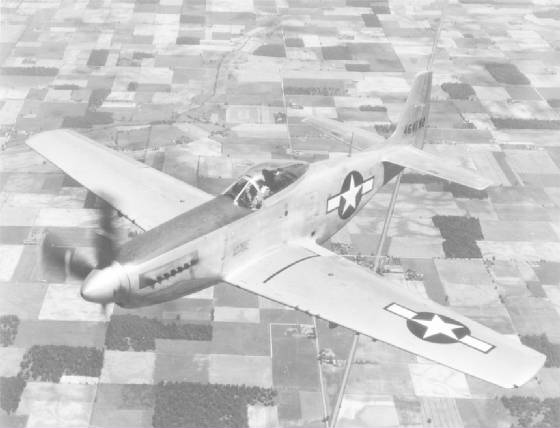
Avro Lancaster
The most successful British heavy bomber of World War II. It was operated by a basic crew of seven, who were almost always
firebombing German cities, but not on D-Day. It could carry 14k lbs. and could reach a max speed of 200 mph.
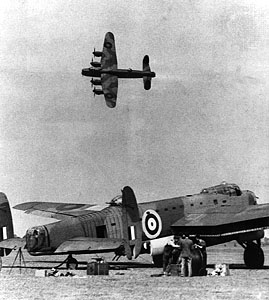
B-26 Maurader
A fast, heavily armed medium bomber; It could carry 4k lbs. and had two .50 caliber machine guns mounted in the
nose and tail. The Maurader was almost to fast for its own good, and after a series of speed related accidents was dubbed
the name "Widowmaker".

C-47 Skytrain
Also called DAKOTA, this military transport aircraft served in all theatres during World War II and continued in service
long afterward. It was used to haul cargo, transport troops, drop paratroops, tow gliders, and as a flying ambulance.
It could carry up to 28 troops, or a 5k Lbs payload, or up to a 7k payload in an emergency.
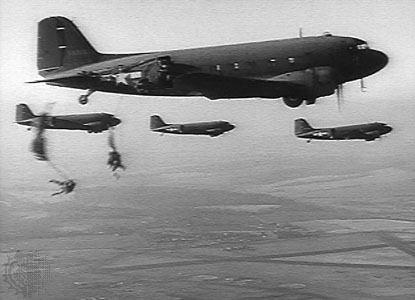
P-38 Lightning
Fighter and fighter-bomber employed by the U.S. Army Air Force during World War II. A large and powerful aircraft, it
served as a bomber escort, a tactical bomber, and a photoreconnaissance platform.
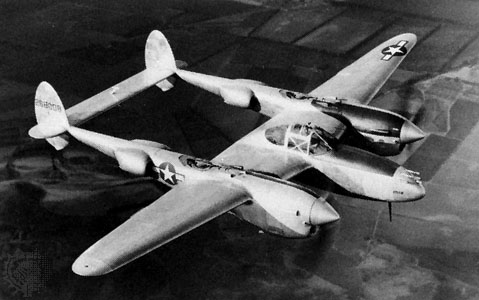
Spitfire
Also called Supermarine Spitfire, the most widely produced and strategically important British single-seat fighter of
World War II. The Spitfire, renowned for winning victory laurels in the Battle of Britain (1940-41) along with the Hawker
Hurricane, served in every theatre of the war and was produced in more variants than any other British aircraft.

Typhoon
Hawker Typhoon, British fighter and ground-attack aircraft used in the latter half of World War II. The Typhoon was used
extensively in preparations for the D-Day landings of June 6, 1944. It earned a reputation as a formidable destroyer of tanks
and motorized transport in the Normandy campaign and in the subsequent pursuit of German forces across France and the Low
Countries. Typhoons were also effective in shooting down German V-1 "buzz bombs." Some 3,000 were manufactured, most of them
by Gloster Aircraft Company.

Vehicles
Sherman Tank
M4 General Sherman, main battle tank designed and built by the United States for the conduct of World War II. The M4
was the most widely used tank series in the war, being employed not only by the U.S. Army and Marine Corps but also by British,
Canadian, and Free French forces. The M4 was employed in North Africa, Sicily, Italy, and western Europe and throughout the
Pacific Theatre. A total of 49,324 tanks was produced in 11 plants between 1942 and 1946.
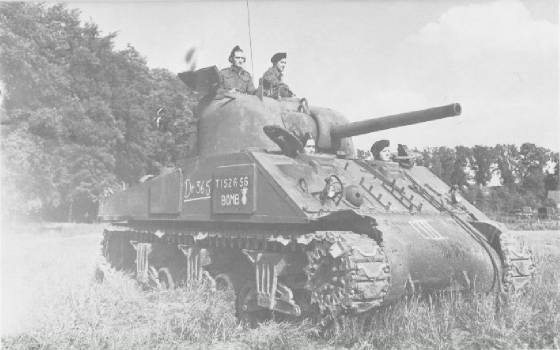
DUKW or "DUCK"
A 2.5-ton, six-wheel amphibious truck used during amphibious operations in World War II by the U.S. Army and Marine
Corps. Its primary use was to ferry ammunition, supplies, and equipment from supply ships in transport areas offshore to supply
dumps and fighting units at the beach.
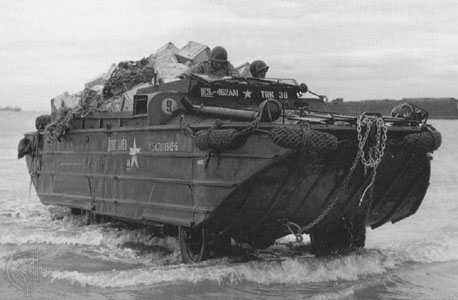
Halftrack Tank
Served in many armies as personnel carriers, gun carriages, prime movers for towed artillery, and general utility vehicles.
They were among the most widely used and versatile vehicles employed in the war, being readily modified to fit the various
needs of all the combat arms--infantry, artillery, and armour. The United States, Germany, and France built them in the largest
numbers.
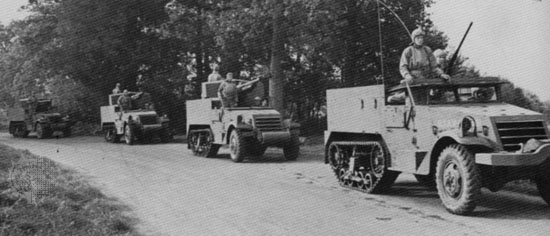
Ships
LST
Landing ship tanks were exactly what their name was. A landing ship with Tanks inside. A warship that was basically
unarmed, its main purpoise was to unload any kind of payload the allies needed on D-Day. The ship would be beached at
high tide, and the Items inside would be unloaded at low tide.
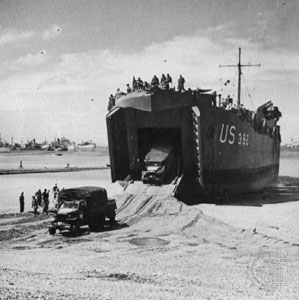
Mulberry
30 foot tall stuctures used as harbors in Normandy. They were used becasue there was no actualy harbor structures
in Normandy at the time. They were linked by "whale" bridges so that ships could be quickly unloaded to counter the
german threat.
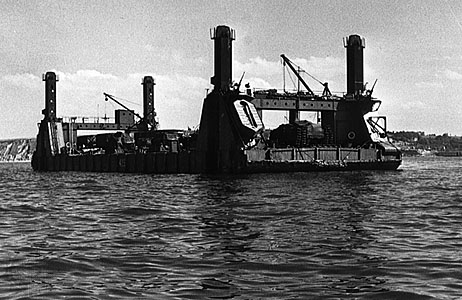
If you wish to view pictures and descriptions of GUNS that were use you can view
the site below
|

